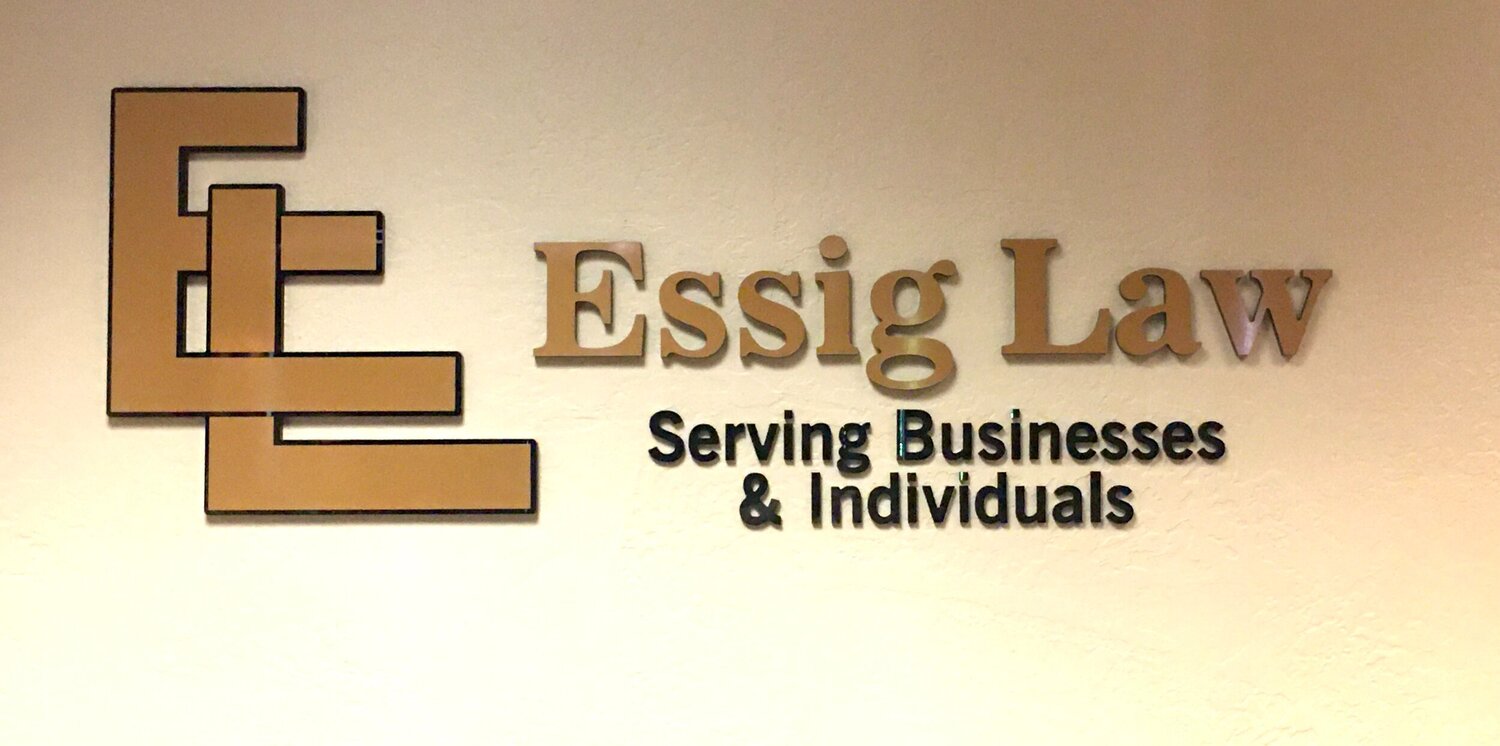BLOG THREE
This Blog is for general information purposes only and does not contain nor constitute legal advice nor representation.
Below is a general overview discussion of the litigation process, collections-offset and judgment; and bankruptcy and lawsuits-litigation.
Bank Offset: You bank may do collections without a judgment. This is called an “offset” against your bank account that is with that bank if it believes the payment to be in jeopardy/risk. The authority for a bank to proceed with an offset is based on an agreement between you and it when it issued you a loan/credit card/etc. and you had an account at its bank. This collection ability applies to virtually all banks in similar situations.
How the litigation process works:
1. The Complaint or Summons which you may be served with should a lawsuit commence contains a number of paragraphs and counts that asserts a number of allegations that the lender (as the “Plaintiff”) asserts to be true.
2. You have 20 calendar days to file an answer. The answer, filed by the “Defendant,” responds to the allegation(s) in each paragraph of the Complaint by either admitting, denying, and/or stating that you cannot either admit or deny the allegation(s) in the paragraph. The answer is filed with the Court (via the Clerk of the Court) and a copy is sent to opposing counsel if the Defendant is represented by counsel. There is a fee that must be paid when an answer is filed (unless the Court grants a waiver due to financial difficulties upon request by the Defendant).
3. Note: there are additional actions (i.e. counterclaim, crossclaim, etc.) that Plaintiffs and Defendants can take in litigation which are beyond this discussion.
4. If an answer is filed, then the parties will move towards an evidentiary hearing, also known as a “trial”. There are a number of actions/activities that the parties are required to do as the case moves to the trial. Note: the Courts holds non-lawyer individuals to the same requirements if the individual(s) were attorneys. [Businesses (LLCs, corporations, etc. must have counsel in a Bankruptcy case. Based on the legal matter, non-lawyer individuals cannot represent the business(es). There recently were changes to non-attorney representation - see your attorney for details.]
5. If no answer is filed within the 20 days, the Plaintiff can file an “Application for Entry of Default,” which basically states that no response was filed by the Defendant.
6. The Defendant then has 10 business days to file an answer. If no answer or responsive pleading is filed, then the Plaintiff can file an “Application for Entry of Default Judgment.” Once a Default Judgment is obtained, the Plaintiff can begin to take collection action(s) against the Defendant.
7. The Plaintiff’s goal is to obtain a “judgement.” It needs the judgment in order for it to enforce collections against you (i.e. garnish your wages and/or bank account; seizure of personal assets, etc.).
As to a bankruptcy filing:
It is important to disclose the creditor’s claim (commonly called a “debt”), and entity that holds it (the bank for example), in the bankruptcy documents. The name of the law firm, attorney(s), collection houses, etc. should also be listed in the bankruptcy documents [through the bankruptcy program-software used by the law firm] to be filed in connection with the underlying claim (debt)claim.
Many claims can be/are dischargeable. That is, the individual liability is extinguished. Should there be a secured interest (collateral, i.e. the home when dealing with a mortgage), the bankruptcy discharge will not wipe out or extinguished the lien on the property. There may be a possible avenue to pursue a lien release - see your attorney for further details. There are certain debts that are not dischargeable in a bankruptcy, i.e. certain taxes, alimony, child support, etc. A review of the particular claims is always necessary in evaluating the effects of a bankruptcy.
Conclusion:
It is important to know one cannot just bury their head in the sand, (i.e. the ostrich approach) when a lawsuit is filed against you. Answers can/should be filed where appropriate based upon the facts and/or the bankruptcy filing. It is important to talk to this Office/your counsel should you have any questions, issues, concerns, etc
